Planeshift is the 22nd expansion set of Magic: The Gathering. Unsurprisingly, it follows the Phyrexian invasion of Dominaria. Planeshift is the second set in the Invasion block, and it’s what we’re covering today. Welcome back to the Commander Corner.
The story of the Invasion block is chronicled in both the Magic cards themselves and a series of books. (Editor’s note: Our fearless leader Rich Stein read every Magic novel and spoke to the quality of the Planeshift book in his review. Spoiler alert: not great!) While I can’t speak to the quality of the Planeshift book, although I’ve heard most of the old Magic novels are pretty good, I can speak to the quality of the set itself.
More than a dozen cards from the set have been reprinted in various Commander products over the years, and a handful of those will be featured below. In only 143 cards, there was a ton of interesting design space explored, including Magic’s first Phelddagrif, Questing Phelddagrif. It was handed out as a promo during the Planeshift prerelease in ancient Greek text. But enough about the set, let’s actually look at some cards.

Terminate
By the numbers, Terminate is the most popular card for Commander which was printed in Planeshift. It’s easy to see why. Although it’s taken a hit due to cards like Infernal Grasp and Hero’s Downfall, I’m still not surprised to see this at any table. Removal doesn’t get much cheaper than two mana.
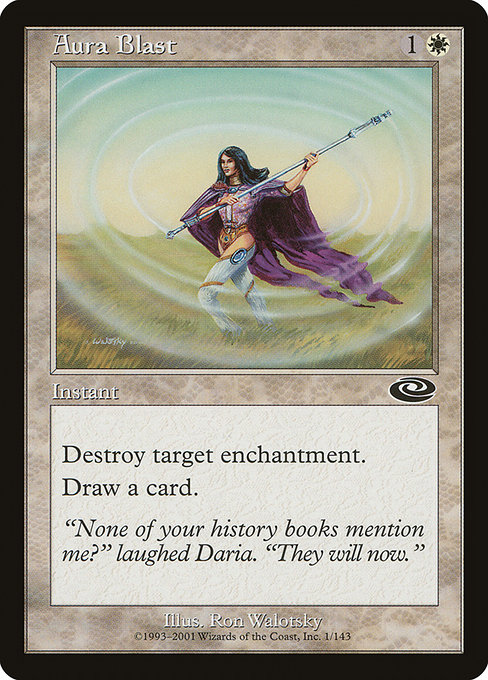
Aura Blast
An unsung and understated gem within the set, Aura Blast is somehow listed in fewer EDHREC decks than Questing Phelddagrif. How or why this is the case is beyond me. At any rate, drawing cards is good and not being down a card when you destroy an opposing Rhystic Study is great.
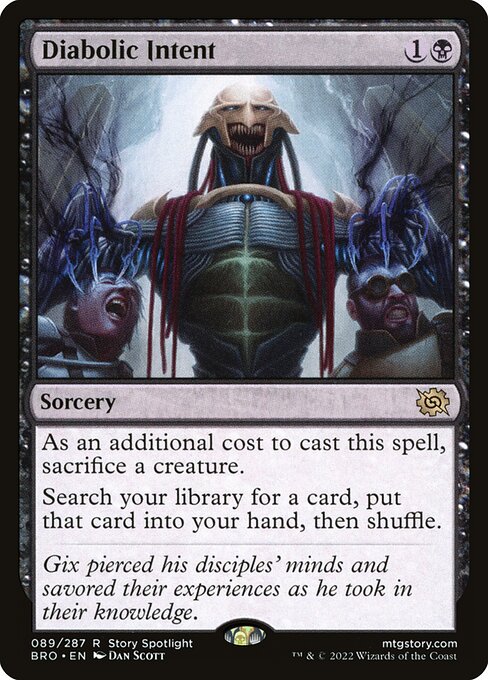
Diabolic Intent
It was no surprise to me that Diabolic Intent is one of the top cards from Planeshift. I’ve used it in a handful of decks where I always had expendable creatures handy. Thanks to a recent reprint it’s down from more than $35 to a reasonable $7 or so, and it does a fine job of imitating Demonic Tutor.
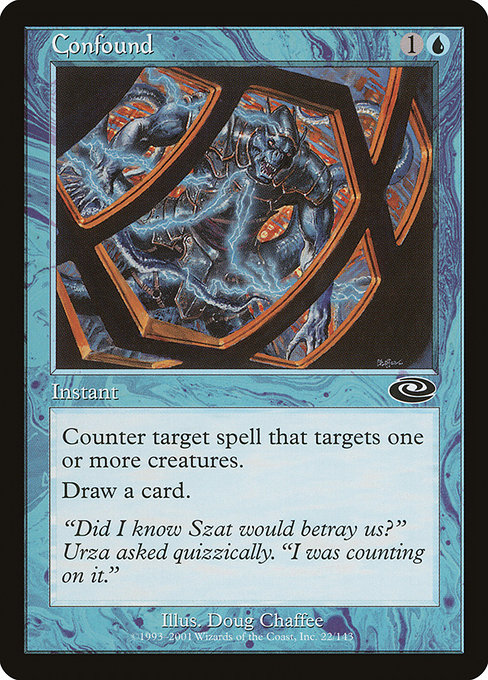
Confound
Another sleeper hit, Confound excels at keeping your commander alive. Although it’s best paired with cost reduction commanders like Baral, Chief of Compliance or Mizzix of the Izmagnus, it plays fine in any deck with important creatures.
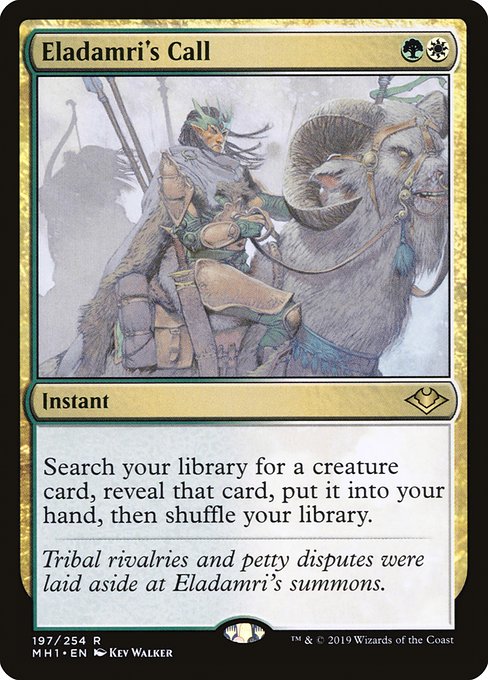
Eladamri’s Call
I’ve jammed Eladamri’s Call into almost every deck which could cast it for as long as I’ve known about it. Whether it’s fetching combo pieces, creature-based interaction, finishers, or just shuffling the deck to spin the wheel on Bolas’s Citadel, you’ll rarely be disappointed.
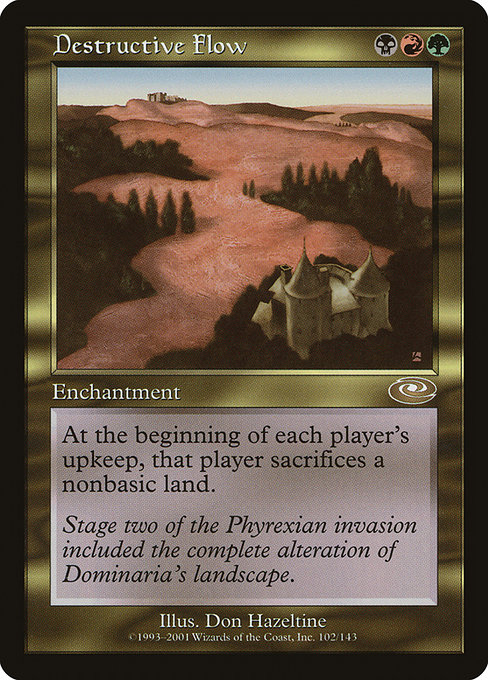
Destructive Flow
At the right tables, Destructive Flow will devastate your opponents. Of course, it does also hit you, but what’s a party without a little pain? Naturally, it gets much worse against mono-color decks, but even those lists usually have a handful of nonbasics.
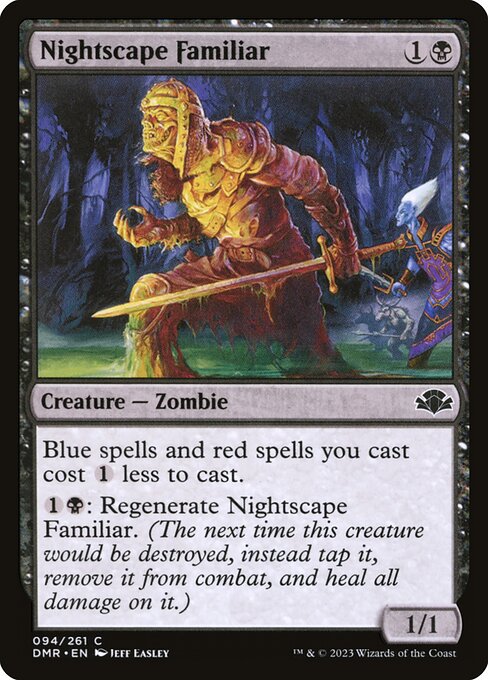
Nightscape Familiar
Alongside Thunderscape Familiar, Thornscape Familiar, Sunscape Familiar, and Stormscape Familiar, Nightscape Familiar completes a cycle of creatures which reduce the cost of ally-colored spells. They vary in terms of usefulness and popularity, but one thing they all share is how they look astounding in foil.
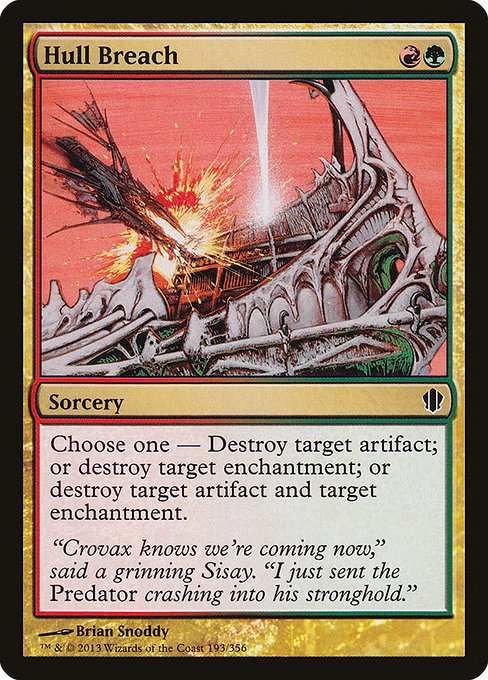
Hull Breach
Aside from being the punchline in some very out-of-pocket Silent Submersible jokes, Hull Breach has been a powerful two-for-one in any deck that can cast it. I’ve rarely ever seen this cast without two targets, and for the low price of two mana it’s hard to ask for more.
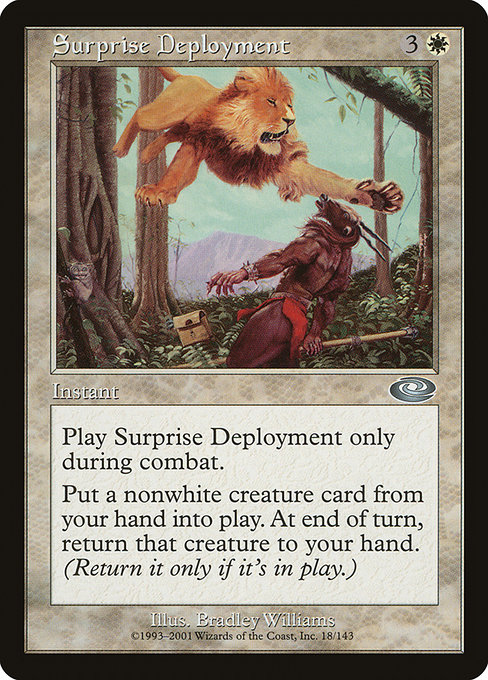
Surprise Deployment
Possibly the most overlooked card in the set, Surprise Deployment allows you to put any nonwhite creature into play on any turn. While it doesn’t grant haste, it doesn’t take much to put this over the edge, and your opponents had better be afraid if you can grant haste somehow.
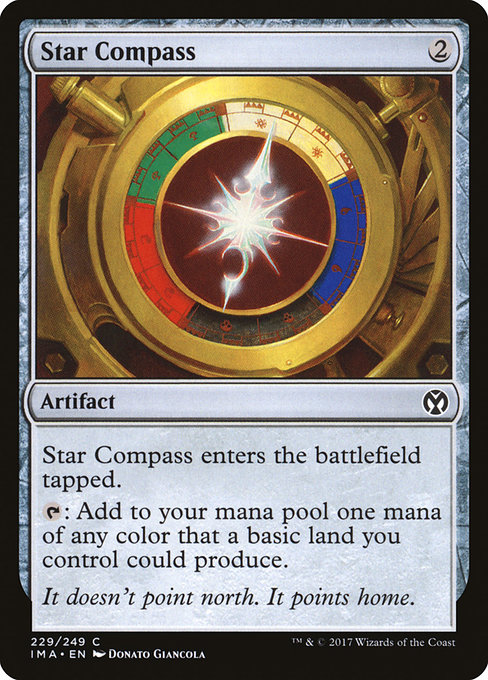
Star Compass
Although I personally think Star Compass is a bit on the clunky side, especially for decks that aren’t running a lot of basics, there are far worse mana rocks you can run. It’s not very exciting otherwise, but it exists.
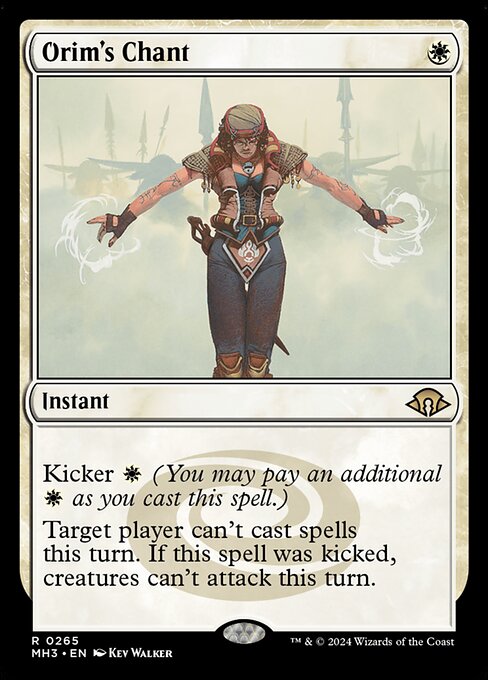
Orim’s Chant
A targeted Silence, Orim’s Chant can also prevent attacks for a turn. In spite of the fact that it can only target one player, the kicker ability is enough for this to actually cost more money than Silence by a good bit, and this sees play in a decent number of competitive EDH lists.
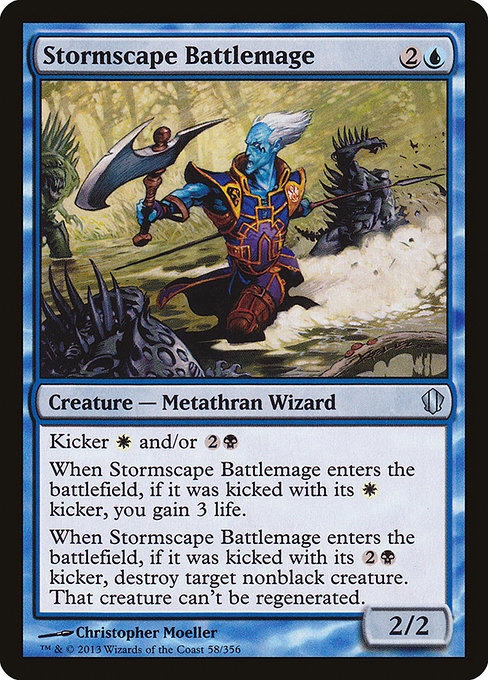
Stormscape Battlemage
Alongside Sunscape Battlemage, Nightscape Battlemage, Thunderscape Battlemage, and Thornscape Battlemage, Stormscape Battlemage completes the cycle of 2/2s with ally-colored kicker abilities. These are classics without a doubt, but they’ve largely failed to keep up with the ever-evolving Commander format.
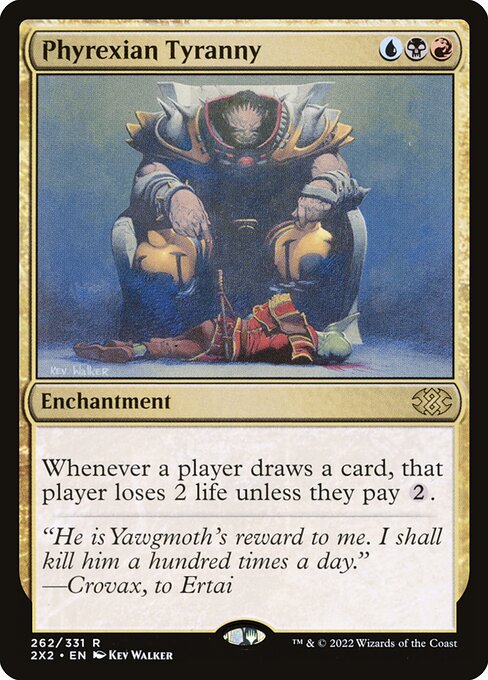
Phyrexian Tyranny
The triple-colored mana cost is the only thing holding Phyrexian Tyranny back, as it all-but demands you play it exclusively in five-color lists or the omnipresent Nekusar, the Mindrazer. Realistically, people are almost never going to pay the 2, and if you’re doing it right, there’s far too many 2s to pay.
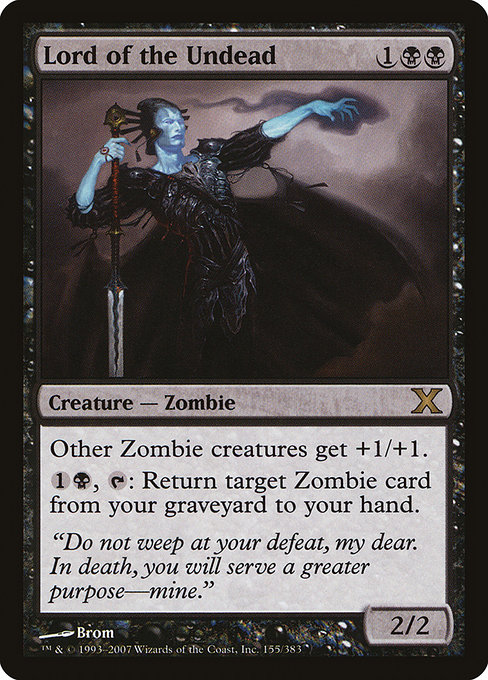
Lord of the Undead
Not a lot of secret tech hidden in this one, Lord of the Undead is a role player in zombie typal decks. There’s always going to be more zombies in Magic as time goes on, and as a result this card has doubled in price over the last decade with only a Secret Lair reprint since Tenth Edition.
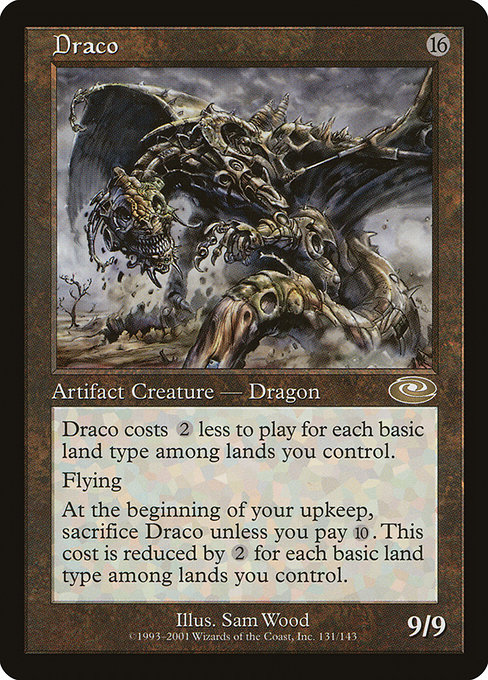
Draco
Draco only has one thing really going for it, and it’s a massive mana cost. There’s a handful of commanders which care about big mana costs, including Yuriko, the Tiger’s Shadow and Elminster. If I ever actually see this in a five-color list I’ll be the first person to congratulate my opponent.
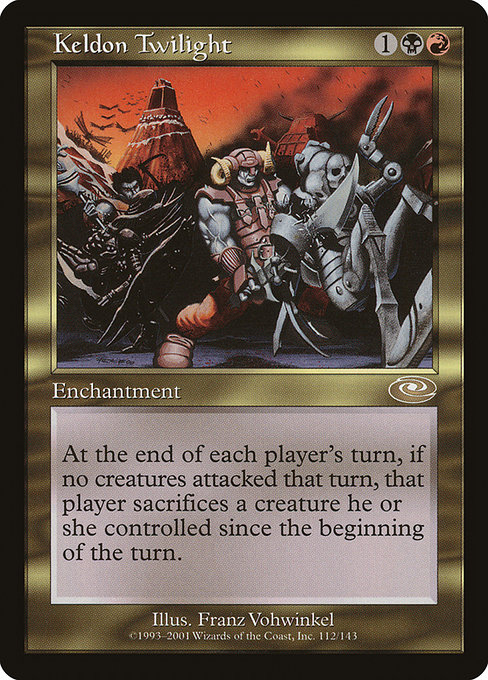
Keldon Twilight
If your playgroup is playing a bit too safe, Keldon Twilight will get the life totals moving at least a little bit. I think this is at the perfect mana cost to be playable without feeling too clunky. That said, red/black decks are never hurting for impactful three-mana enchantments, but I still feel this one is underplayed.
That’s all I’ve got for you this time around. There’s a couple of other minor cards from the set that didn’t make the cut, but a lot of the cards in this set struggle when it comes to mana efficiency. Either way, the multicolor themes really make Planeshift feel like an early Commander set, and the high number of playables in spite of the small set size adds to this feeling. I’ve been Luka “Robot” Sharaska, and this has been the Commander Corner.
Luka V. Sharaska (they/them) earned the nickname “Robot” by having a monotone voice, a talent for calculating odds, and a perfect poker face. Robot has been playing Magic for more than a decade, starting during the days of New Phyrexia in 2011.

